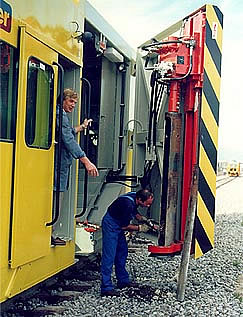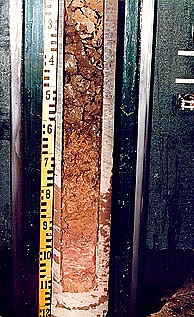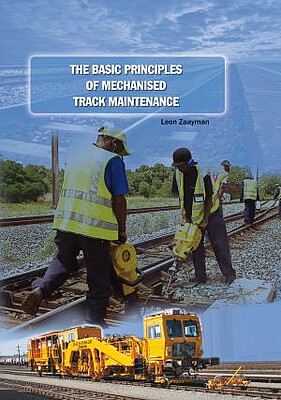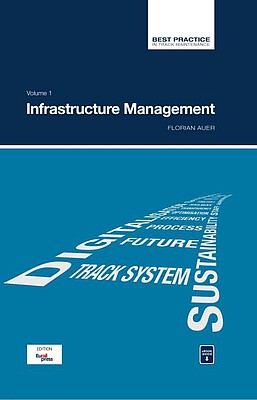Ballast
The wheel has the task of transferring vertical and horizontal forces to the track. In addition, longitudinal forces act on the continuously welded track due to temperature changes (summer and winter).
These forces are transmitted from the rails to the sleepers and further to the ballast bed. The ballast bed then redirects the forces occurring into the individual layers. The effective thickness of the ballast is taken as the measure between the bottom edge of the sleeper and the formation protective layer of at least 30 cm. The ballast bed thickness must be so great that the pressure distribution lines of adjacent sleepers intersect over the subgrade otherwise the subsoil would be pressed up between the sleepers. A homogeneous layer of the ballast bed is essential for the quality of the track. Consolidation and stabilisation in layers lead to an increase in the stability of the track and a durability of the track geometry.
The basic requirements for the ballast bed are as follows:
- the track must be brought into the intended end position (setpoint)
- the normal ballast cross-section must be properly restored
- the ballast must be well consolidated
- the track must be stabilised
The tamping (consolidation or stabilisation) of the ballast bed is done with machines, while at the same time the ballast in front of the sleeper ends is consolidated.
Optimal resistance to lateral displacement is achieved when dynamic stabilisation of the track has taken place after the tamping and sleeper end consolidation. As loose ballast can best be consolidated by horizontal vibrations, this property is used with the dynamic track stabilizer (DGS dynamischer Gleisstabilisator).
For the ballast bed to function well and be durable it is important that it is free from organic substances and is able to withstand the surface water (rain). An important part of the durability is, among other things, that the ballast should be cleaned.
The contamination of the ballast bed has the following effects. The friction between the ballast stones is lowered, the pressure distribution angle is reduced, the pressure on the subgrade rises. Fouling reduces the elasticity of the ballast bed and consequently the continuing durability of the track geometry.
The track is dependent on the quality of the individual substances which were used and thus also of the quality of the ballast material. The most suitable material for the bedding is ballast. Track ballast is broken and screened natural stone. The stones for the track ballast should have the following properties:
- resistant to weathering,
- high toughness,
- high compressive strength (measured by pressure and impact tests)
- no additions of loam, earth or other materials
- the rock must break with sharp corners.
The most suitable ballast comes from hard rocks such as basalt, diabase or granite. Soft rocks such as limestone, dolomite, sedimentary rock, etc. are less useful. The ballast must be suitable for the intended purpose:
- particle size and particle distribution by sieve curve or sieve line
- grain shape (cubic, elongated)
- a certain amount of undersized and oversized stones
General practice is to use crushed ballast in sizes from 21.4 to 63 mm for main lines.
Visual inspection and analysing of ballast construction:
The inspection with the measuring trolley method can be a visual inspection. In positions with deep descents the ballast is removed from the sleeper in order to analyse the contamination below the sleepers.
An assessment of the condition of the ballast in the ballast bed is part of further criteria to clean the ballast bed.
It can only be done through test extraction and sieving of the ground material. The extraction can be taken with bare hands or with a specific drilling device like the ground-anlysing machine UUM with the drilling cores on the picture.
Pictures by Plasser & Theurer Export von Bahnbaumaschinen Gesellschaft m.b.H.
You can find suitable specialist literature to the topic here:
The Basic Principles of Mechanised Track Maintenance
This book is dedicated to the many people involved in the day to day planning and performance of track maintenance activities. Providing a practical approach to everyday challenges in mechanised track maintenance, it is not just intended as a theoretical approach to the track system.
Railways aim at transporting people and freight safely, rapidly, regularly, comfortably and on time from one place to another. This book is directed to track infrastructure departments contributing to the above objective by ensuring the track infrastructure’s reliability, availability, maintainability and safety – denoted by the acronym RAMS. Regular, effective and affordable track maintenance enable RAMS to be achieved.
Best Practice in Track Maintenance, Vol 1 - Infrastructure Management
Infrastructure Management Volume 1 looks at aspects of infrastructure management with particular reference to the single European railway area. Based on best-practice examples from Central Europe, measures for the targeted retrofitting and improvement of the infrastructure maintenance of the existing network are presented. In many cases, infrastructure operators are faced with a generational change, which accelerates the process. Modern information and communication technology can simplify the comprehension and presentation of complex contexts. Modified approaches to asset management and life-cycle management enable implementation of the "transparent permanent way" or the "railway 4.0".

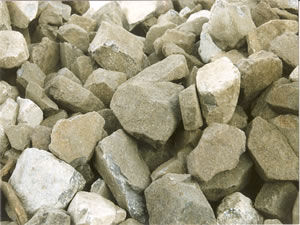
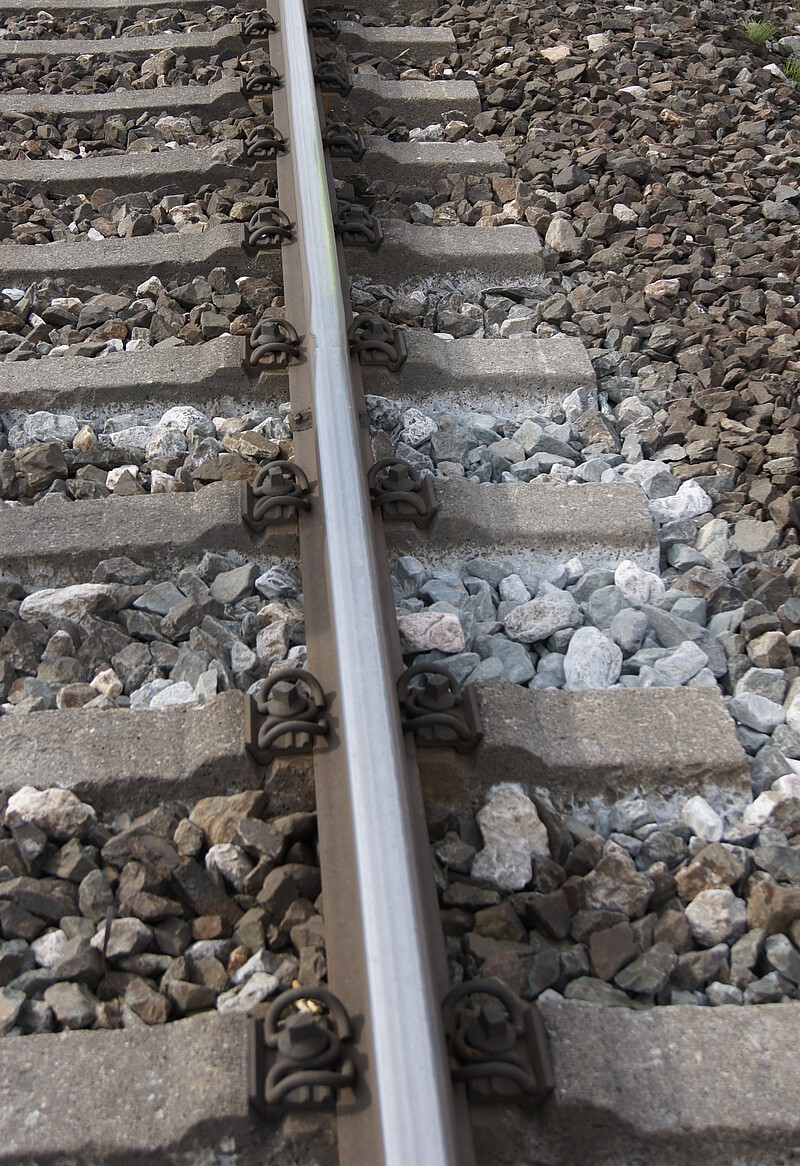
![Untergrund - Untersuchungsmaschine [Translate to English:] Bilder mit Genehmigung von der Fa. Plasser & Theurer Export von Bahnbaumaschinen Gesellschaft m.b.H. und Thorsten Schaeffer](/fileadmin/user_upload/02_Der_Fahrweg/Oberbau/Schotter/untergrund_untersuchungsmaschine2.jpg)
